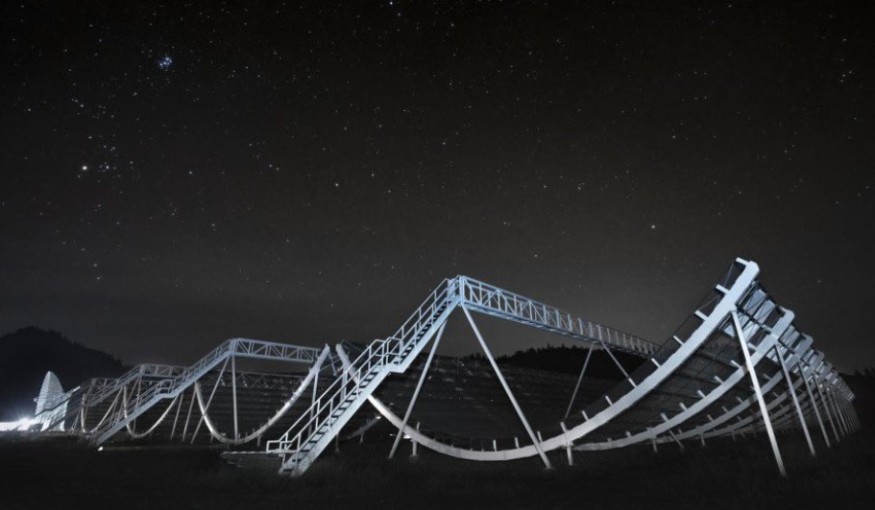
Astronomers have made a surprising discovery: a fast radio burst (FRB) originating from a galaxy that has ceased forming new stars.
FRBs are brief, intense radio waves that last only milliseconds. These bursts are usually thought to come from young, dynamic environments where stars are forming.
Astronomers Discover Unexpected Fast Radio Burst from Inactive Galaxy
However, the burst, identified as FRB 20240209A, was detected in February 2024 from a galaxy that has stopped creating new stars, ARS Technica reported.
Located about 11.3 billion light-years away, this galaxy has long been inactive, making it an unexpected source for such an energetic event.
This discovery, published in The Astrophysical Journal Letters in January 2025, challenges current understanding of FRBs, which are typically linked to galaxies actively producing stars.
The Canadian Hydrogen Intensity Mapping Experiment (CHIME), along with data from multiple telescopes, helped narrow down the burst's location to the outskirts of the ancient galaxy.
What makes this discovery especially surprising is that the burst is the furthest known from its galaxy compared to other FRBs. This challenges the assumption that FRBs are tied to active star-forming regions.
Astronomers Refine FRB Location, Suggest Possible Link to Ancient Star Clusters
Calvin Leung, a researcher from the University of California, Berkeley, and his team were instrumental in refining the burst's position.
According to Earth.com, using a combination of instruments, they found that the burst originated from a place where no new stars should be forming, casting doubt on the widely held idea that young magnetars — highly magnetized neutron stars — are the primary cause of FRBs.
"This result challenges existing theories that tie FRB origins to phenomena in star-forming galaxies," said Vishwangi Shah, a graduate student at McGill University.
The team's research suggests that this burst might have come from a globular cluster, a dense region of old stars that exists outside galaxies.
Globular clusters are known to host some of the oldest stars, and if this burst is confirmed to come from one, it would be only the second known FRB associated with such a region. This opens up new possibilities for understanding where and how FRBs occur.
The continued work of astronomers, including the use of CHIME's newly added outrigger telescopes, promises to help identify even more FRBs and refine their origins.
© 2025 ScienceTimes.com All rights reserved. Do not reproduce without permission. The window to the world of Science Times.












